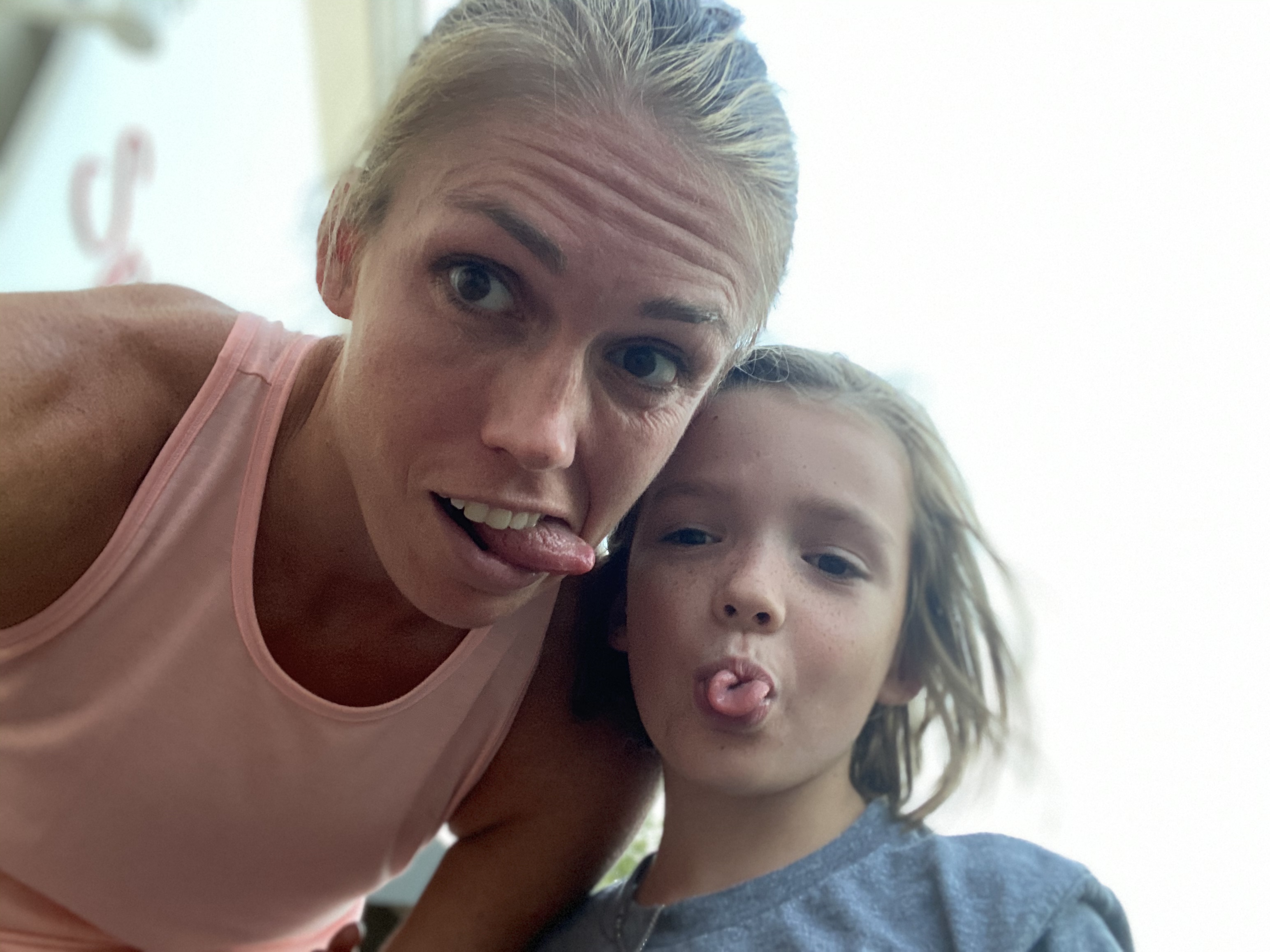Keep it Simple
Let’s talk about strokes. What they are, what they do, how they happened, and can they be prevented. Strokes simply put are when the brain is damaged in a small or large way because blood flow stopped going from one part of the brain to another. The brain has to have blood moving through it to stay alive and do it’s job well. Nothing in your body moves or works without you brain telling it to. You don’t realize or see that it is sending out so many commands until that command center breaks and commands get lost. There are two main ways this blood flow gets interrupted. Either your brain starts to bleed or the blood gets blocked from moving. Both keep the blood flow from moving though the brain and prevent the brain from doing its best work.
When your brain starts to bleed and some damage occurs we call that a hemorrhagic stroke. That bleeding that occurs can be caused by severe trauma like hitting your head way too hard on something or similar trauma. The most common causes of a hemorrhagic stroke however are the blood vessels in the brain are weak because of your age or illness and they rupture. The other known cause for them to rupture is your blood pressure is so high, meaning blood is being pushed through your body way to hard too fast, and the blood vessels can’t hold it, and it causes them to break.
The second common form of stroke is Ischemic. This is where the blood is your blood vessels gets blocked by something and can’t move where it needs to go. This typically occurs because you have a clot somewhere that travels to your brain area and gets stuck, blocking the correct flow of the blood. When you scrape your knee or have a surgery, clotting is what causes that scab that keeps your from continually bleeding. It does a great job there. But when a blood clot occurs while inside your body it can create an almost immovable wall that keeps everything else from going where it needs to. The other way a blockage can happen is when your arteries (large blood vessels) start to become narrow, and eventually get so narrow the blood can’t move.
Now that we know a little more about what a stroke is let’s talk about what it does. Think of your body like a very large tree that has wide and deep roots. There are small roots and large roots, and sizes in between, and all of them help supply the tree with food and water. If one of those roots were to get cut, it might appear everything is ok. No immediate damage…..? But then after a few days and weeks you may see one branch is acting strange, losing coloring, losing leaves. Or you might see the bark stop growing and flaking off. While the effects are a lot sooner in a stroke it is the same type of effect. While there might be a little better map to the brain than we have to a tree and it’s roots the cause and effect principle remains the same. You stop blood from moving through the brain for a period of time, then you are going to see effects in the body. Remember the brain is the control center and when the controls stop working we have to figure out different commands to help us reach our goals.
Different commands. What does that mean? Anytime a part of the human body is damage it is designed to try and compensate, meaning it is going to try to find a different way to do the job. The brain is an amazing thing! When part of the brain is broken or damaged, the brain just like a maze will try to find a different way to send information around the damaged area, instead of through it like before. That is why it is so important after a stroke to try and perform skills that may have been easy before, so that the brain can get the new route mapped out. It has to see what it needs to do, in order to make a new effective plan on how to do it.
So who gets strokes and how can they be prevented. Let me first say I thought I was a pretty knowledgeable person, until the day I found out my newborn had a stroke before she was ever delivered. I had no idea that anyone other than senior adults had strokes. It was a slightly shocking thought. The truth is anyone at any age can have a stroke, they are just more common in older adults, especially with poor health. You can not always prevent a stroke from happening. There are certain genetics, accidents, or illness’s that can occur and create an unavoidable risk. In these situations the most important thing you can do is when the stroke occurs don’t focus on the what if’s but what you can do to work towards some recovery. However things like high stress, poor eating habits, sleep, high blood pressure, alcohol, and smoking are all things that can be prevented but you at a higher stroke risk.
So what does all this mean. It means that our brain is super important and we need to treat it well. If we know things we are doing could cause a stroke or other health issue, work to stop those habits. If a stroke does occur as a result of an accident or other unknown cause fight to get your brain the best chance to relearn. We can’t always change what happens in and to our bodies, but the more we know, the more we can be equipped to overcome.

This is important information. Thank you for posting it.